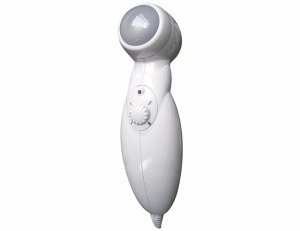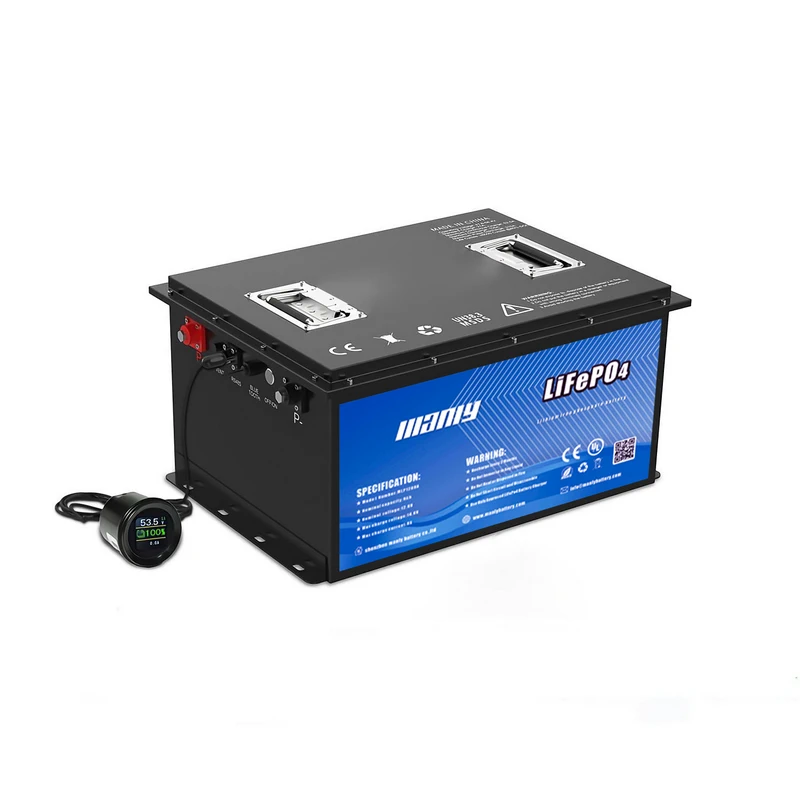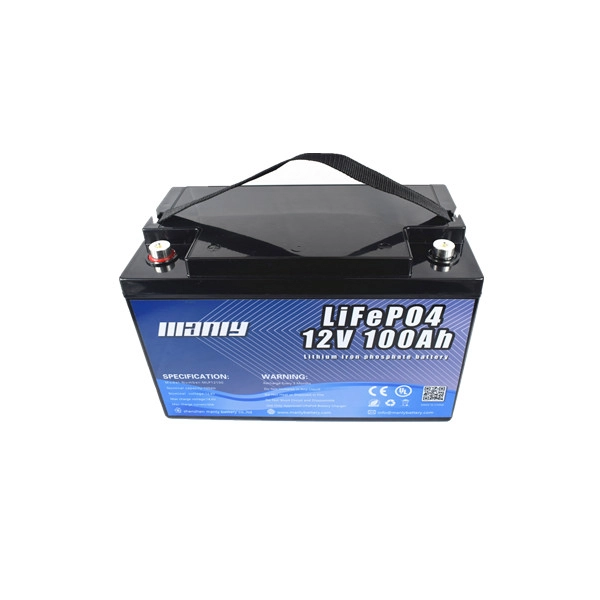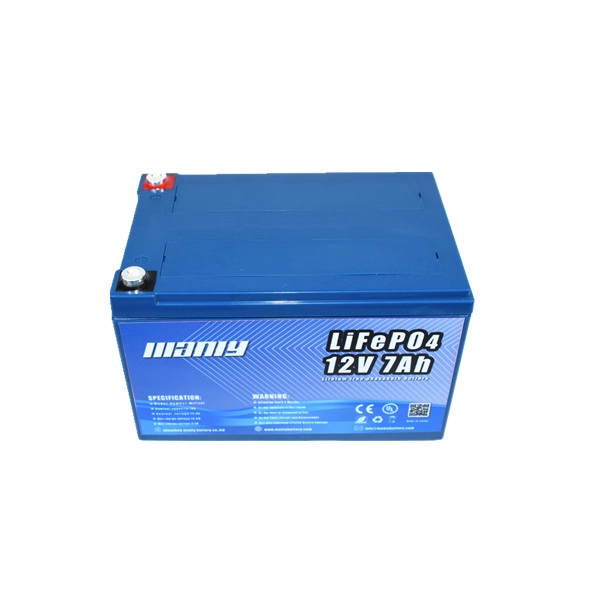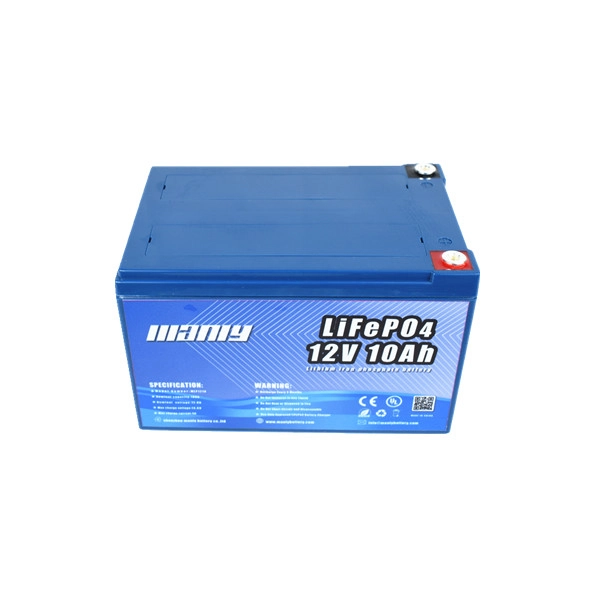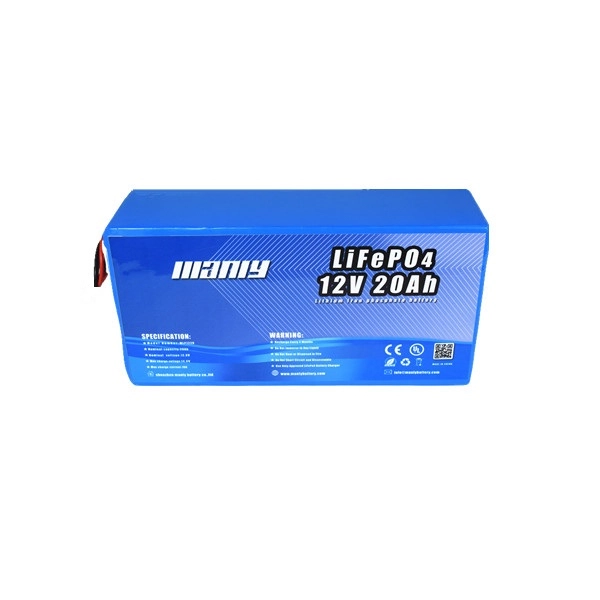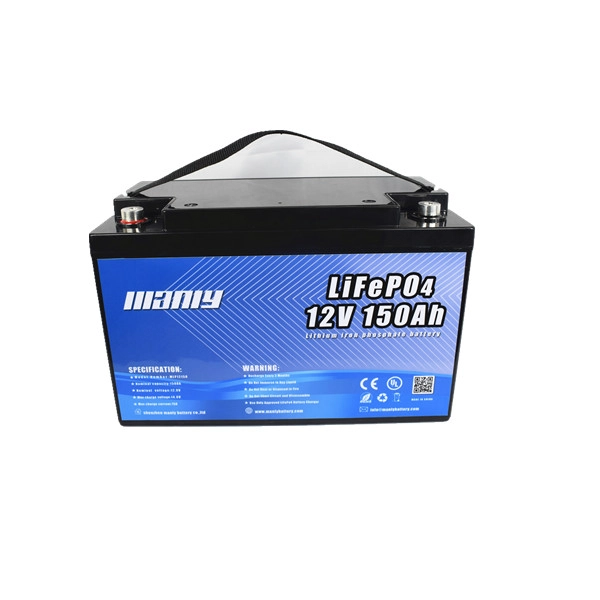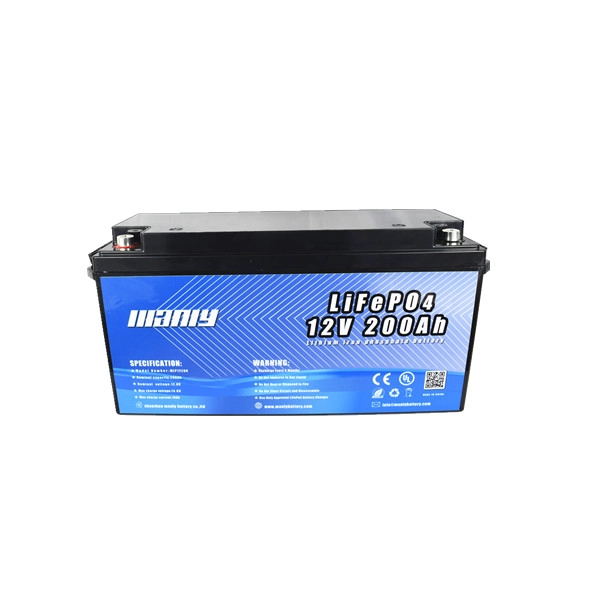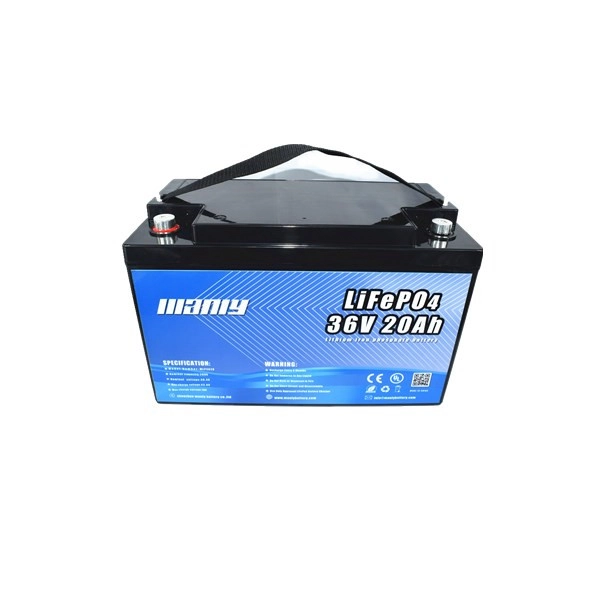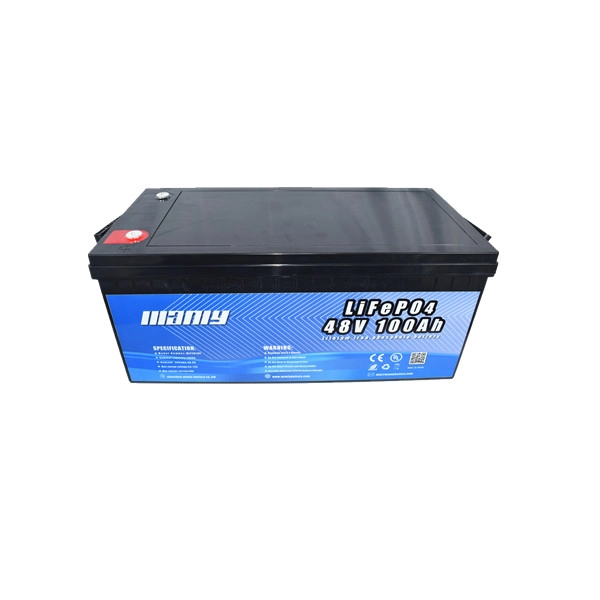Choosing the Right Battery for Your Robot: A Comprehensive Guide
Table of Contents
- Choosing the Right Battery for Your Robot: A Comprehensive Guide
- Need of Right Battery for your Robot
- Understanding Battery Types
- Factors to Consider
- Lithium Battery for Robot
- Best Battery for Robot
- Battery Maintenance and Care
- Tips to Charge Robot Lithium Batteries
- Environmental Considerations
- Consulting Experts and Testing
- FAQs
- Can I use the same battery for different types of robots?
- How do I choose the right battery voltage and capacity for my robot?
- What should I consider regarding battery safety for my robot?
- How should I maintain and care for my robot's battery properly?
- What emerging battery technologies should I keep an eye on for my robot?
- What if my robot operates in extreme temperatures?
- Conclusion
Need of Right Battery for your Robot
The correct robot batteries affect its efficiency and efficacy. Robot runtime, weight, and performance depend on the battery. Consider component voltage and current when calculating your robot's power needs. Your robot's battery chemistry is also crucial. Lead-acid batteries are durable but less energy dense than lithium-based batteries. When choosing a battery, consider size, weight, temperature tolerance, and charging methods. You can ensure your robot performs its tasks well by carefully reviewing these requirements. Knowing all of your robot's features and operating conditions is necessary in order to select the proper battery. Striking a balance between factors including energy usage, physical limitations, environmental concerns, and maintenance needs is essential. Your robot will be more helpful, longer lasting, perform better overall, and have less downtime with a battery that is appropriately matched.
Understanding Battery Types
Before embarking on a well-informed decision, an understanding of the diverse battery types at your disposal is essential:Lithium-ion Batteries
Celebrated for their unparalleled energy density, featherlight design, and rechargeable nature, lithium-ion batteries have secured a place in the limelight. Their prowess as a power hub for compact, enduring robot operations is unrivaled. Yet, a note of caution surfaces – their sensitivity to overcharging and overheating necessitates the inclusion of meticulous battery management circuitry.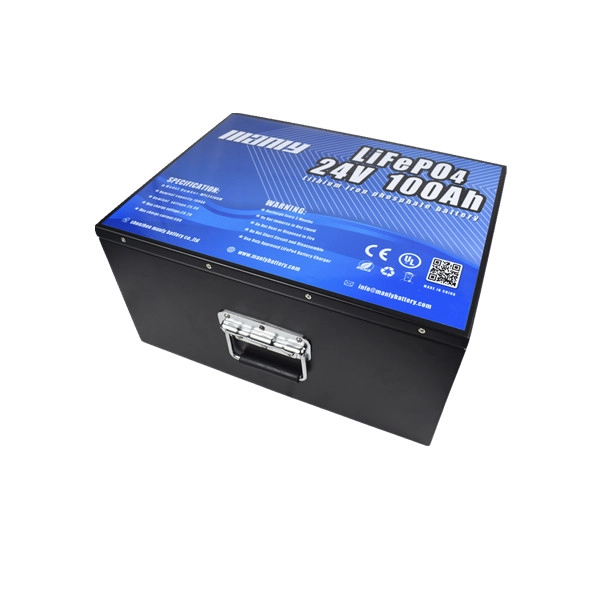
Nickel-Metal Hydride (NiMH) Batteries
In the realm of rechargeable alternatives, Nickel-Metal Hydride (NiMH) batteries shine, gracefully balancing energy density and safety attributes. Their robustness against thermal runaway, when juxtaposed with lithium-ion batteries, earmarks them as a judicious option for applications that uphold stringent safety protocols.Lead-Acid Batteries
Lead-acid batteries carve a niche with their budget-friendly disposition and remarkable current-delivering prowess. They find their stride in larger-scale robotic undertakings that prioritize raw power over concerns of heft and dimensions. Yet, their trade-off surfaces – relative bulkiness and a lower energy density compared to their counterparts.Factors to Consider
The path to the ideal battery entails the navigation of several critical factors:Power Requirements
Embark on the journey by deciphering the power needs of your robot's constituents – from motors to sensors and processors. Calculate the optimal current and voltage to propel these components to their prime.Voltage and Capacity
Choose a battery voltage that seamlessly aligns with your robot's power requisites. Delve into the nominal voltage and the operational voltage range. Ampere-hours (Ah) encapsulate the battery's capacity, dictating its endurance. Strike a symphony between capacity and weight, mindful that greater capacity often entails a weighty counterpart.Size and Weight Constraints
The battery's physical dimensions and weight hold paramount importance, particularly for smaller robots. Ensuring a harmonious fit within the robot's chassis without compromising its equilibrium or agility is essential.Operating Environment
The robot's operating habitat adds a critical layer of consideration. If it's poised to encounter extreme temperatures, vibrations, or humidity, opting for a battery type that withstands these trials is key.Charging and Discharging Rates
Batteries sport diverse attributes when it comes to high-current applications versus steady discharges. Match the battery's capabilities to your robot's power choreography.Cycle Life and Lifespan
Dive into the battery's cycle life – the number of charge-discharge cycles it endures before capacity wanes significantly. For robot longevity, gravitate toward batteries boasting a lengthened cycle life.Safety Considerations
Dovetailing with safety requisites is paramount. While lithium-ion batteries bask in popularity, their vigilance requirements against issues like thermal runaway can't be ignored. Robust Battery Management Systems (BMS) elevate safety, lending an air of dependability.Lithium Battery for Robot
Lithium batteries occupy a pivotal pedestal in satiating the unique energy cravings of robots spanning diverse domains. Their compact form, coupled with a soaring energy density, caters impeccably to confined spaces, ensuring protracted operational spans without compromising dexterity. Rapid recharge capabilities mirror the dynamic nature of robotics, facilitating swift transitions between missions. Their featherlight composition proves instrumental for precision and mobility, upholding an optimal weight-to-performance equilibrium. Moreover, their knack for dispatching formidable discharge rates empowers robots with bursts of vigor, driving swift, responsive movements. A symphony with Battery Management Systems yields an ensemble of enhanced safety features, endorsing unwavering, secure performance throughout the robot's lifecycle. While caveats like precise charging protocols and chemistry selection hold the fort, the versatility of lithium batteries harmoniously addresses the intricate energy needs of the ever-evolving sphere of robotics.Best Battery for Robot
As the realm of robotics unfurls its wings, the quest for supreme power solutions ascends the crescendo. In this pursuit, a beacon emerges – MANLY Battery. With over a decade of remarkable history, MANLY Battery strides forth as a premier Chinese wholesale battery manufacturer, celebrated for its steadfast dedication to quality and pioneering innovations.
MANLY Battery's 24V and 48V Lithium Battery Series
Embarking on the voyage of handpicking the quintessential battery for your robot? Gaze no further than the zenith of technological prowess – MANLY Battery's revolutionary 24V and 48V Lithium Battery Series. These batteries aren't mere energy fountains; they are architects of seamless performance.24V Lithium Battery Series: A Symbiosis of Power and Efficiency
Enter the sphere of MANLY Battery's groundbreaking 24V Lithium Battery Series – a symphony of peerless power and extraordinary efficiency. Forged with meticulous precision, this series epitomizes leading-edge technology tailor-made to meet a spectrum of robotic aspirations. It emerges as the epitome of reliability, primed to deliver unwavering energy while upholding the zenith of performance standards. Versatility, the hallmark of the 24V Lithium Battery Series, positions it as the prime contender for robots demanding unflinching power output while preserving overall efficiency. A ballet of robust potency and refined energy management ushers in a realm where robots traverse extended journeys, elevate precision, and redefine the landscape of reliability. Step into the future of robotics with MANLY Battery's 24-volt Lithium Battery Series – an embodiment where power and efficiency embrace, heralding the evolution of technology.The 48V Lithium Battery Series: Empowering Performance with Elevated Voltage
Elevate your robot's prowess to unparalleled heights with MANLY Battery's 48V 100Ah LiFePO4 Battery Series, a testament to intensified performance. Designed to cater to robotic odysseys demanding heightened vigor, this series leverages elevated voltage thresholds to usher in a new era of potency and responsiveness. This symphony of voltage seamlessly melds with dynamic and resource-intensive settings, revolutionizing robotic potential.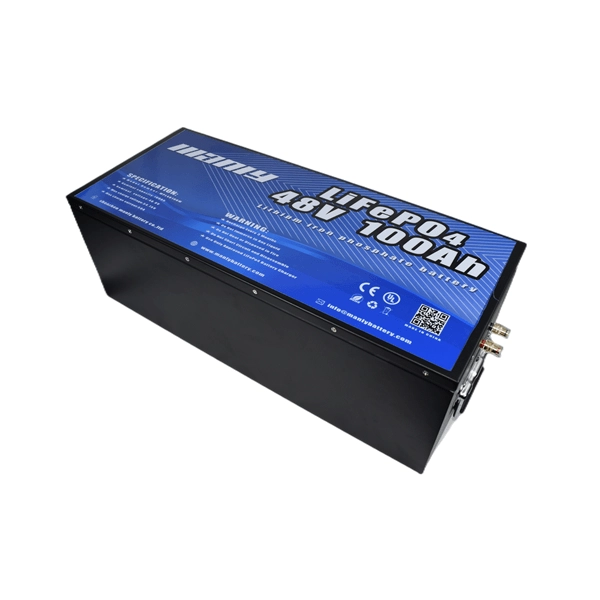 A masterful fusion of innovation and meticulous design, the 48V Lithium Battery Series unfolds a future where robots unfurl an unprecedented tapestry of efficiency and unrelenting capabilities. As technology surges forward, MANLY Battery paves the path with a battery series that empowers robots with a virtuoso performance, etching itself as a pioneer in the landscape of robotic energy solutions.
A masterful fusion of innovation and meticulous design, the 48V Lithium Battery Series unfolds a future where robots unfurl an unprecedented tapestry of efficiency and unrelenting capabilities. As technology surges forward, MANLY Battery paves the path with a battery series that empowers robots with a virtuoso performance, etching itself as a pioneer in the landscape of robotic energy solutions.
Elevating Robotics with MANLY Battery's LiFePO4 Innovation
MANLY Battery redefines the robotics panorama with an avant-garde LiFePO4 revelation that transcends conventional paradigms. Beyond technical marvels, the essence of MANLY Battery is the fusion of power and safety. By seamlessly intertwining advanced 24V 100Ah LiFePO4 battery and 48V 100Ah LiFePO4 battery Series, a new age of robotic tenacity emerges, marked by unrivaled durability and state-of-the-art safety provisions. This transformation engenders an irreplaceable sense of security for the robot and its steward, an upheaval that metamorphoses robotic capabilities.


